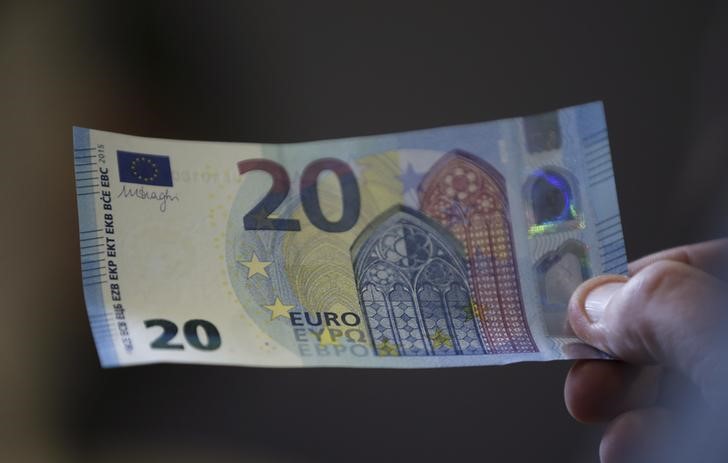(Bloomberg) -- Leaders in the euro area need to make its widely-touted recovery fund a reality to revive the fortunes of its battered currency.
The euro’s comeback was threatened after the so-called frugal four -- Austria, Denmark, Sweden and the Netherlands -- countered a joint proposal by France and Germany for a 500 billion euro ($548 billion) fund by suggesting aid in the form of loans, not grants.
“The euro’s road to recovery will likely be bumpy as markets assess the scope for the commission to come up with a plan acceptable to all member-states,” Gaétan Peroux, a strategist at UBS Global Wealth Management said in a client note. “Continuing signs of a global and European recovery should eventually open the window to euro-dollar levels above 1.10.”
The Recovery Fund proposals have several key elements that would in theory help Europe’s weakest economies: the European Commission would issue the debt, money would be distributed through grants and repayments would come via the EU budget.
How much of that makes it into the final plan will start to emerge this week with negotiations beginning formally and the European Commission unveiling its own proposal.
The lack of region-wide fiscal framework has long been seen as a thorn in the ambitions of EU leaders to make the euro a stronger rival to the U.S. dollar. The currency weakened to its lowest level in three years in March, when Europe became the epicenter for the coronavirus, with the bloc’s most-indebted nations, including Italy and Spain, suffering severe outbreaks.
That same month, five-year Italian credit default swaps -- a gauge of EU breakup risk -- spiked to the highest since 2013, spurred by worries of a another sovereign debt crisis in the bloc. That measure fell to the lowest level in over a month after the Franco-German proposal.
“This proposal isn’t a fix of any kind yet,” wrote Kit Juckes, a strategist at Societe General SA, in a note to clients. “For now, it’s just something to shake out euro shorts, against the yen as much as the dollar. We will go on bumping along the bottom of the post-2014 range.”
Bearishness on the euro was the strongest since 2018, according to Citigroup's FX Pain Index for the currency, an indicator of active trader positions. It’s a sign to some analysts that a so-called short squeeze is looming.
Sure enough, while one-week risk reversals on the euro-dollar pair eased since hitting the highest since March last week, it still shows a preference for the common currency, which rose as much as 0.7% as of 10:17 a.m. in London to $1.0973.
“It is only one step and more will be required,” said Ned Rumpeltin, European head of foreign-exchange strategy at Toronto-Dominion Bank. “If it is able to get across the line with the other EU members, it does represent an important step forward.”
©2020 Bloomberg L.P.
